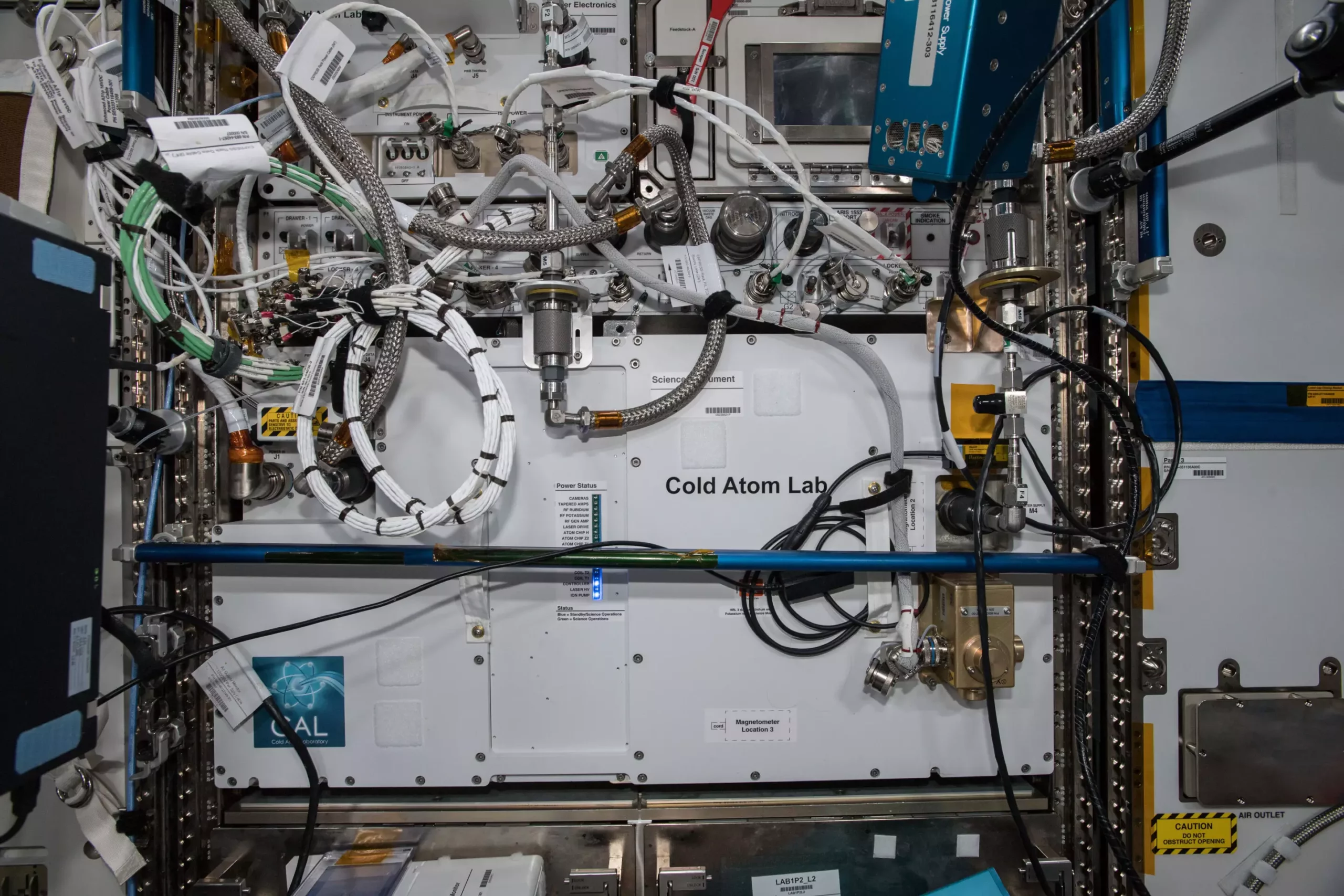NASA’s Cold Atom Lab, located aboard the International Space Station, has achieved a significant milestone in utilizing ultra-cold atoms to detect subtle vibrations in the space station’s environment. The groundbreaking study published in Nature Communications on Aug. 13 demonstrates the unprecedented ability to employ quantum tools like atom interferometers to measure gravity, magnetic fields, and other forces in space. This marks a new era in space research, where quantum science is harnessed to unravel the mysteries of the cosmos.
The Challenge of Space-based Atom Interferometry
The quest to apply atom interferometry in space has long been hampered by the fragility of the equipment and the lack of hands-on assistance in remote operations. However, with the Cold Atom Lab achieving success in this endeavor, a new frontier has been opened for space-based sensors with high precision in gravity measurements. The microgravity environment in space provides a unique opportunity for longer measurement times and greater instrument sensitivity, allowing for enhanced exploration of gravitational phenomena.
The ability to measure gravity with exceptional accuracy using atom interferometers has vast implications across various fields of study. From deciphering the composition of celestial bodies to shedding light on dark matter and dark energy, space-based sensors offer a wealth of opportunities for scientific discovery. Furthermore, the application of quantum technologies in space could revolutionize our understanding of the fundamental forces shaping the universe.
Revolutionizing Quantum Science in Low Earth Orbit
The Cold Atom Lab, introduced to the space station in 2018, represents a significant leap forward in advancing quantum science in the microgravity environment of low Earth orbit. By cooling atoms to almost absolute zero, researchers can create Bose-Einstein condensates that exhibit unique quantum properties. These properties, such as wave-particle duality, provide scientists with a platform to study the mysteries of quantum mechanics in unprecedented detail.
Through tools like atom interferometers, scientists can delve into the wave-like behavior of atoms and unlock new realms of understanding in physics. By observing how atoms interact and recombine in response to external forces, researchers can probe the fundamental laws governing the universe. The Cold Atom Lab’s contributions to quantum technology have the potential to shape future discoveries and innovations that transcend our current understanding of the cosmos.
The Cold Atom Lab stands as a testament to humanity’s unyielding pursuit of knowledge and exploration. By harnessing the power of quantum science in space, we are poised to uncover profound insights into the nature of the universe and propel ourselves into a future defined by innovation and discovery. As we continue to push the boundaries of scientific research, the Cold Atom Lab serves as a beacon of hope for unlocking the mysteries that lie beyond our current understanding of the cosmos.


Leave a Reply